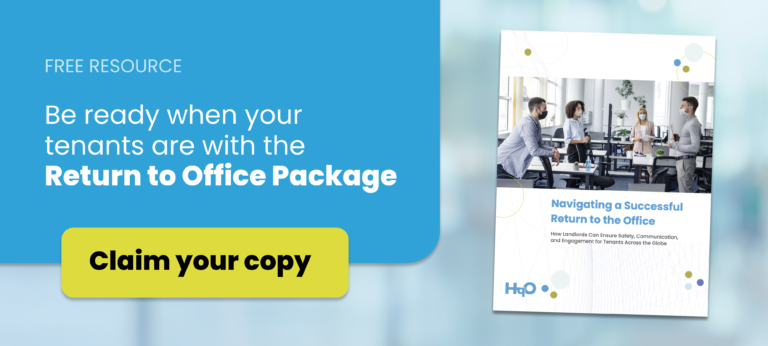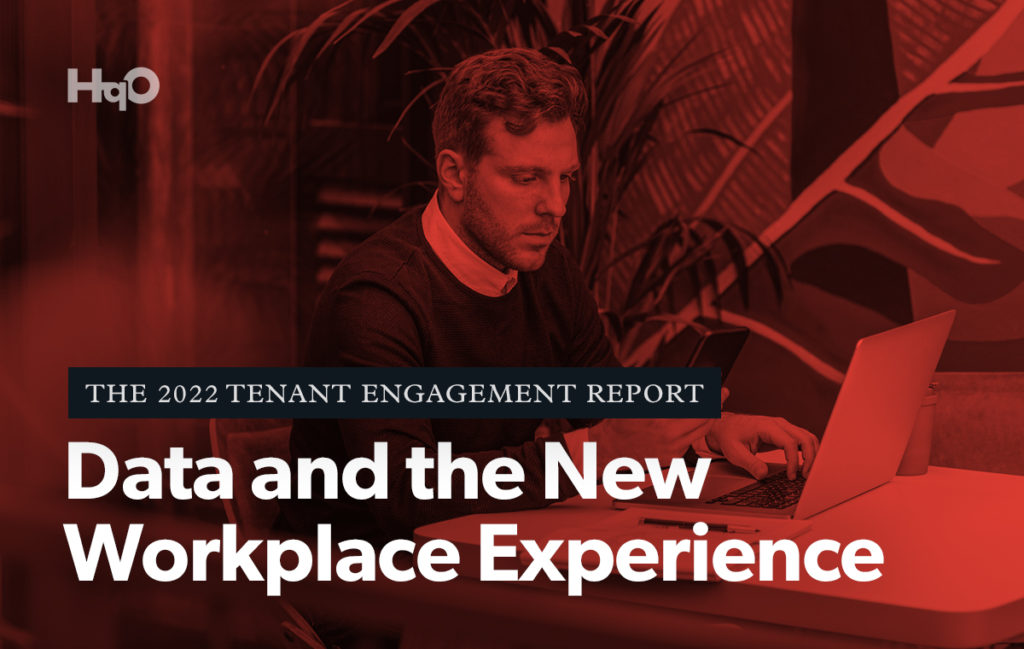What is building analytics software, and how can it help property teams succeed?
In order for the office sector to survive, there needs to be a keen focus on attracting and retaining tenants, while creating unique workplace experiences that out-perform the home office. With CRE’s transition to a more consumer-first model, we know that data-driven decision-making — through the usage of a modern analytics platform — will be enhanced through what property owners can’t see about their buildings. What do tenants really want, and how do they really use a given space?
Not surprisingly, building analytics often equals business analytics. BuildingLogIX explains this concept well: “Building analytics software can help companies leverage their current infrastructure to produce a better performing environment. The data that this building management software provides gives your company insight on how critical systems are performing and allows you to make adjustments accordingly [to ensure the success of your infrastructure and tenant satisfaction].”
Not only will meaningful data help improve building performance, but it will serve as a key differentiator in a highly competitive market. If you’re actively collecting data from multiple sources about your tenants and their employees, you’ll be able to keep pace with your workforce and successfully champion their needs.
Here are just three ways building analytics software can enhance your workplace environment, thus drawing tenants back to the physical workplace among growing hybrid work models:
Providing Actionable Data
In order to leverage data to increase the desirability of your office, you will need to steer away from vanity metrics. Vanity metrics are metrics that only measure surface-level digital engagement — such as content clicks about a certain building feature within an app. Though this type of information expresses interest and is a decent place to start, it doesn’t tell landlords much about the tenants’ actual experience with the specific building feature in question. Therefore, landlords need to collect and analyze a more specific series of metrics that deeply explain tenant behavior and sentiment, so that they can make decisions as soon as possible about their building while tracking their progress towards longer-term goals.
Access to a larger pool of granular data will provide the actionable insights you need to make more informed decisions about your building. For example, if you were analyzing your building’s amenities, you may look at digital engagement (or clicks) with content/information on your amenities, tenants’ satisfaction with those amenities, mobile access data to those amenities, equipment sensor data associated with those amenities, class or service bookings, and so on. The more activations your building features have, the more data points you can combine to paint a more holistic picture of which amenities see the most traffic, which ones need improvement, and more — showing you how your building is actually being used.
Such information can then guide you to reassess or double down on certain office investments that will give tenants what they are looking for in a workplace environment.
Strengthening Workplace Safety
Especially in a post-COVID-19 world, building safety is top of mind, as well as a big consideration behind when and how tenants return to the office. According to ADP’s Global Workplace Study, which surveyed over 26,000 employees across the globe from 25 countries: “Some [employees] had returned to work; others anticipated their return in a couple of weeks and others said it might be months to feel safe again. Fifteen percent of the global workers expressed that they will feel safe when their government tells them it is safe to return.”
Buildings analytics software can provide detailed information from other office technology systems — such as visitor management tools, space booking and reservation systems, and amenity activations — to tell you who is entering and using your building, which spaces across your building are most highly frequented, and more. These insights can then be leveraged to heighten sanitation in highly trafficked areas, figure out the best social distancing protocols, and implement other safety precautions to make sure that your building looks and feels safe for every building occupant.
Benchmarking Capabilities
Many landlords strive for best-in-class experiences for their tenants. To achieve this, they need to compare all of their portfolio’s features with their competitors, so they can tout their competitive edge and make the necessary changes that will keep them ahead of the curve. Today, most landlords do this anecdotally — they discover and share select information with their professional networks, hear others’ customer success (or failure) stories, and learn from leasing tours.
However, building analytics software can change the ways you receive this information and benchmark your assets. Access to the finer details about all aspects of your building and tenant population can help you successfully navigate leasing or renewal conversations, tenant relationship management, and create comparisons against your biggest competitors — thus increasing building occupancy through the competitive experiences you will be able to create.
When it comes to determining how to build a big data platform strategy for your office, you’ll first need to determine how to start collecting more meaningful data about your assets. At HqO, we understand that any business analytics master needs access to all the commercial real estate insights through the right technology partners who can place this valuable information directly into their hands.
Our combination of data collection, benchmarking, and end-to-end solutions will ensure that you can efficiently organize your building data while comparing it to a growing industry database of CRE insights that will help you maintain a modern stance on the workplace experience. Learn more about our data and analytics offerings in HqOS™ and schedule a free demo today.




